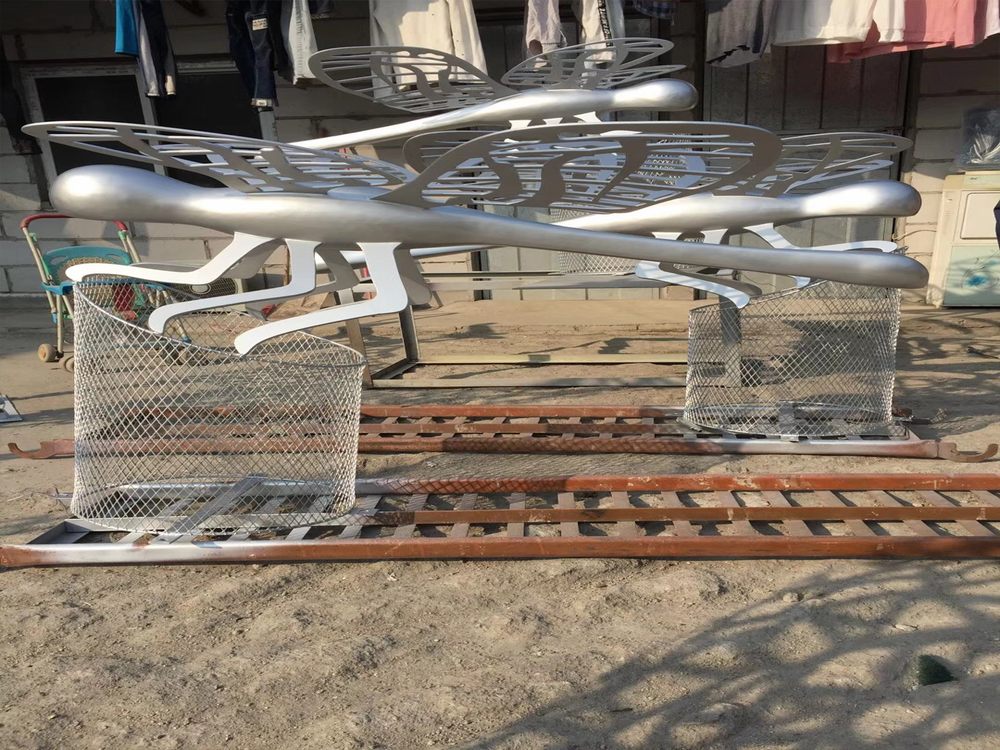
Creating sculptures with a high level of transparency requires selecting the right type of wood, as not all varieties possess the desired light-filtering qualities. For artists seeking to craft ethereal, translucent pieces, certain woods stand out for their unique grain structure and ability to transmit light when carved thinly.
Basswood is a top choice for transparent sculptures due to its fine, even grain and soft texture, making it easy to carve into delicate, light-permeable forms. Its pale color enhances the illusion of transparency when sanded to a smooth finish.
Holly wood, known for its nearly white hue and tight grain, is another excellent option. When thinly carved and polished, it creates a semi-translucent effect, ideal for intricate designs that play with light and shadow.
For a more exotic option, Jelutong offers exceptional workability and a pale yellow tone that becomes subtly transparent when carved to a thinness of 1-2mm. Its lack of prominent grain patterns makes it perfect for achieving uniform transparency.
Artists pushing boundaries might experiment with laminated veneers of maple or birch. By carefully layering and carving these woods, sculptors can create graduated transparency effects that change with viewing angles.
The key to maximizing transparency lies in proper finishing techniques. Sanding to ultra-fine grits (up to 2000) and applying clear penetrating oils rather than opaque finishes helps maintain the wood's natural light-transmitting properties. For dramatic effects, some artists backlight their sculptures with LED arrays to enhance the transparent qualities.
When selecting wood for transparent sculptures, consider both the material's natural characteristics and your intended carving techniques to achieve the most striking luminous effects in your artwork.

